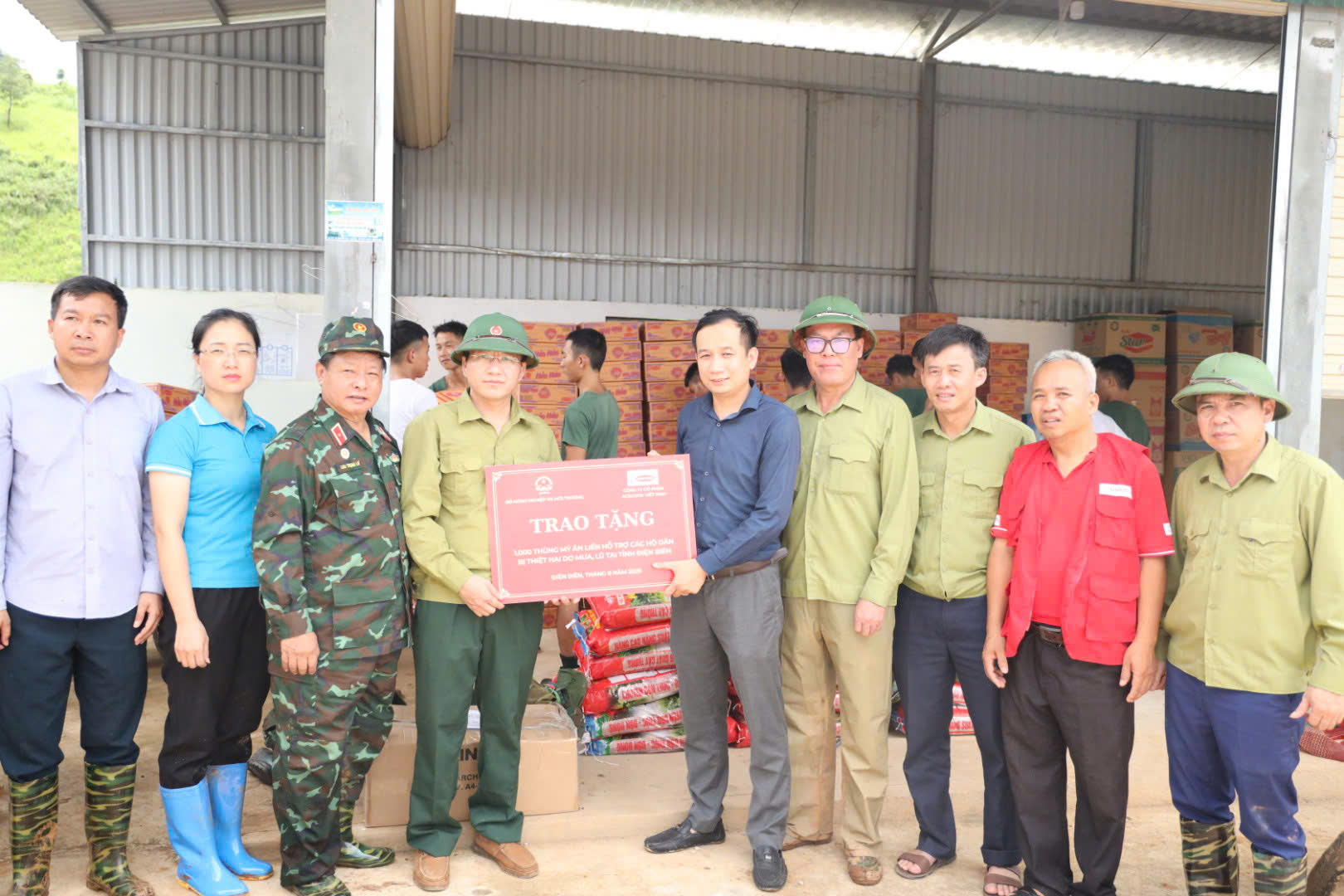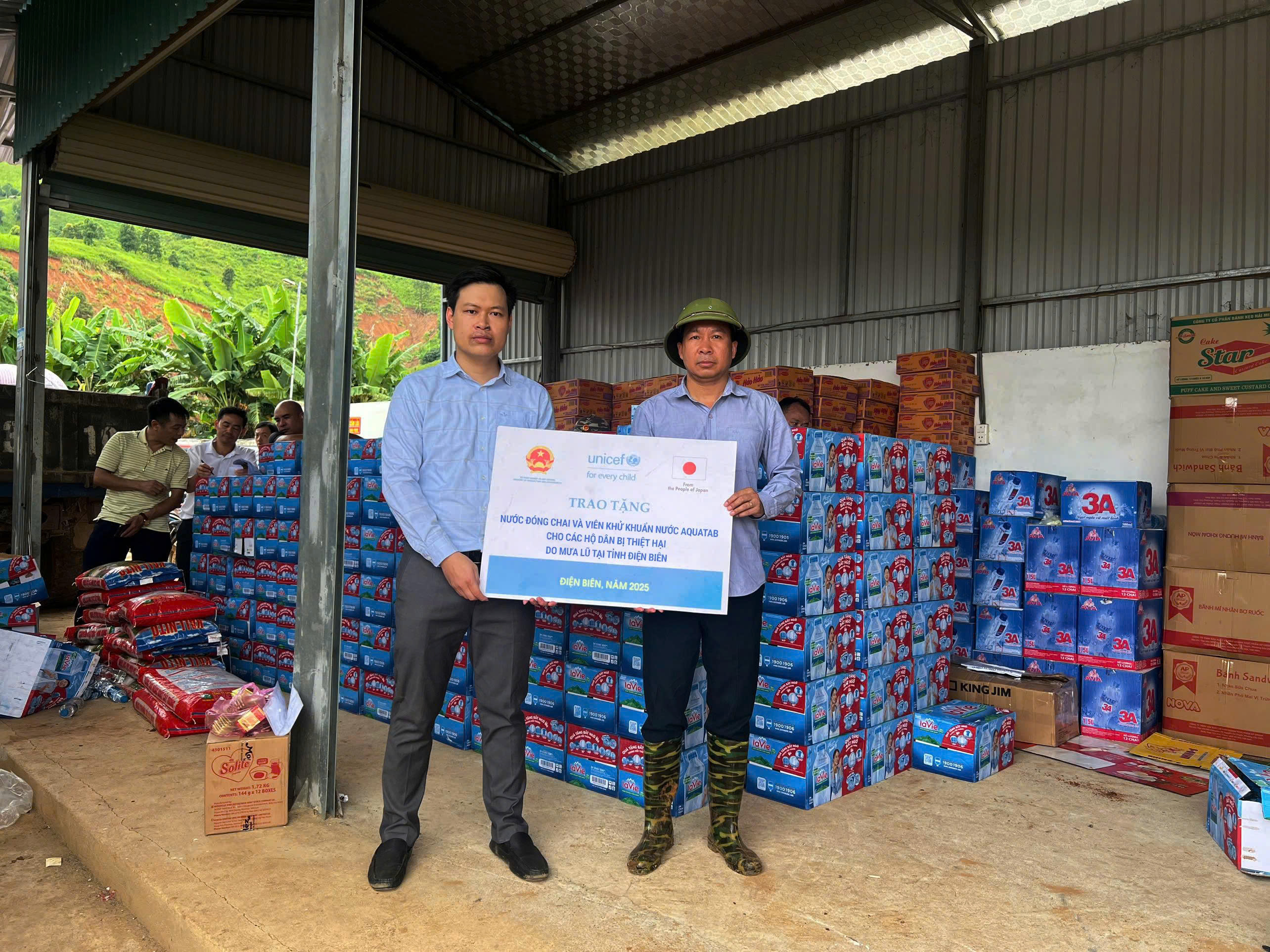Between July 31 and August 2, 2025, heavy rains caused severe flooding, flash floods, and landslides in many communes of Điện Biên. The natural disaster left at least 10 people dead, 7 injured, and caused significant damage to homes, infrastructure, transportation systems, electricity, telecommunications, and the livelihoods of local residents.
According to preliminary statistics from the Provincial Steering Committee for Natural Disaster Prevention and Search and Rescue of Điện Biên, rainfall levels reached over 250 mm in several areas. The hardest-hit localities include Xa Dung, Tìa Dình, Mường Luân, Pú Nhi, Na Son, Tuần Giáo, Phình Giàng, Mường Ảng, Na Sang, Thanh Yên, Quài Tở, Sính Phình, and Điện Biên Phủ Ward.
Severe inundation forced many households to evacuate their families and belongings to safer areas.
In terms of casualties, Tìa Dình Commune reported 3 deaths and 5 injuries; Xa Dung reported 7 deaths and 2 injuries. In total, at least 10 people were killed and 7 injured due to flash floods and landslides.
Floodwaters damaged or swept away the homes of more than 319 households. Severely affected communes include Xa Dung (47 households), Tìa Dình (38 households), Na Son (144 households), Phình Giàng (52 households), and Mường Luân (31 households). Many families lost their homes and belongings entirely and had to be evacuated urgently. Several schools, commune offices, and public infrastructure were also severely damaged, with landslides threatening structural safety.
Roads in many communes were rendered impassable due to landslides and slippery surfaces. Multiple routes were buried under debris, and sections of national and provincial roads were washed away. Inter-village roads were completely blocked, hindering relief efforts. On National Highway 12 through Mường Luân Commune alone, approximately 200 meters of roadway were washed out, eroding the roadbed and embankments.
Regarding power and telecommunications, flash floods toppled utility poles, damaged substations, and severed power lines, resulting in outages in the communes of Tìa Dình, Xa Dung, Na Son, and Mường Luân. An estimated 97 substations and nearly 9,000 customers were affected. Mobile networks at 46 base stations were disrupted, and many fiber-optic cables were cut. Telecommunications services in commune centers remain at minimal capacity to support emergency coordination and response.
Several hydropower plants in the area, including Sông Mã 3, Mường Luân 1 and 2, Na Son, and Chiềng Sơ 2, also suffered damage from mudflows, flooding, swept-away equipment, and grid outages. Some plants are currently operating using backup generators to manage dam gates and reservoir safety.
Preliminary estimates place the total damage to infrastructure at approximately VND 300 billion (around USD 12 million).
In response to the emergency, on the morning of August 2, the Vietnam Disaster and Dyke Management Authority (VDDMA), in cooperation with Acecook Vietnam, delivered 1,000 boxes of instant noodles to flood-affected communities.

Mr. Mùa A Vảng, Alternate Member of the Central Party Committee, Standing Committee Member of the Provincial Party Committee, and Chairman of the Viet Nam Fatherland Front Committee of Điện Biên Province, received the emergency supplies from the VDDMA.
Later that afternoon, the VDDMA continued coordination with UNICEF, delivering 580 boxes of clean water and 16,600 Aquatabs water purification tablets to the hardest-hit communes. Relief supplies were stockpiled in Xa Dung Commune for further distribution to areas still isolated due to damaged transportation routes.

Mr. Nguyễn Tiến Dũng, Vice Chairman of the Viet Nam Fatherland Front Committee of Điện Biên Province, received the relief supplies on behalf of the local authorities.
Floods have damaged local water supply systems, and many water sources are now severely contaminated, increasing the risk of disease. In this critical situation, ensuring access to clean water, personal hygiene, and safe food is an urgent need for residents in the affected areas.